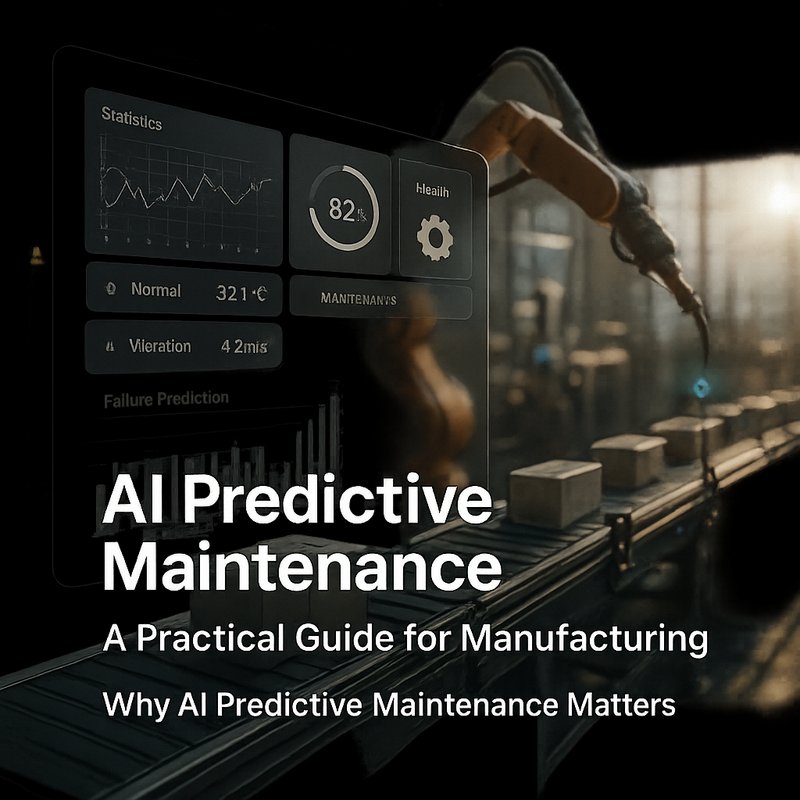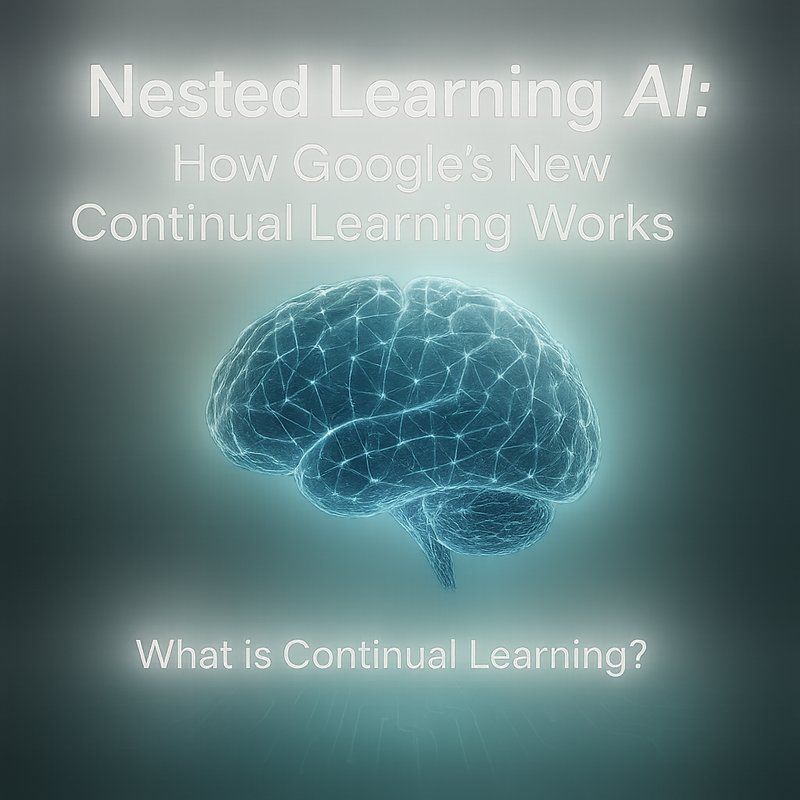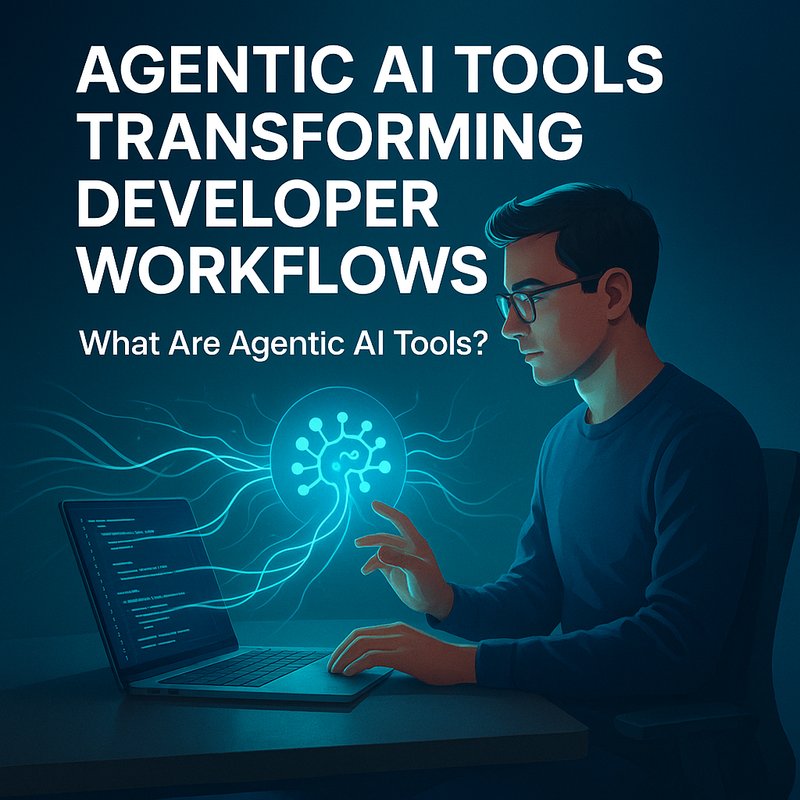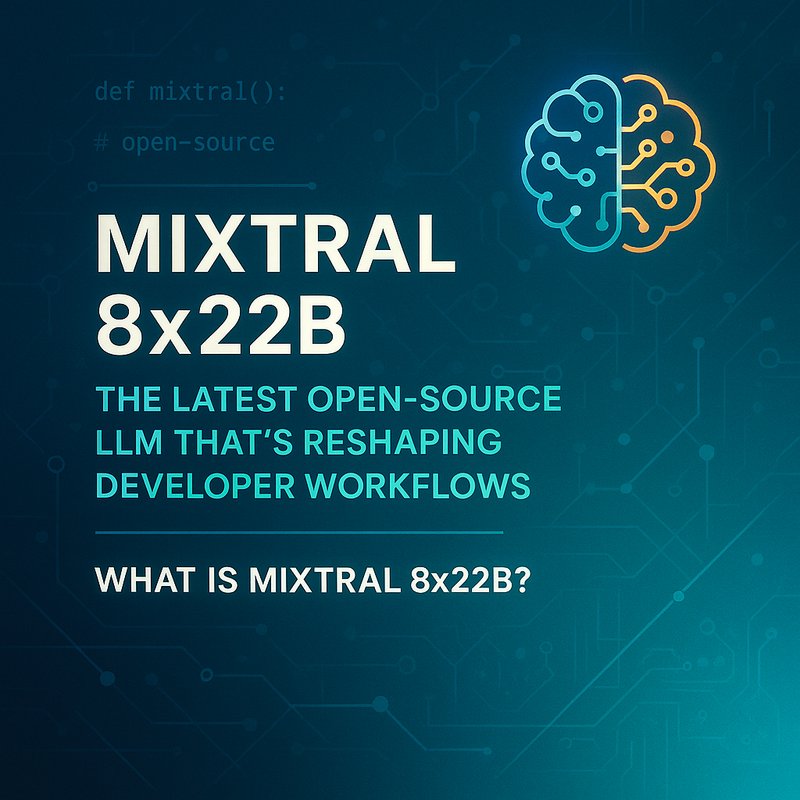In factories and plants, downtime can cost millions. Predicting when a machine will fail before it does is called AI predictive maintenance. This guide shows how you can turn sensor data into early warnings, save money, and keep production running smoothly.
(Word count: ~2000)
Why AI Predictive Maintenance Matters
Imagine a conveyor belt that stops mid‑shift, halting all downstream operations. Traditional maintenance schedules catch problems after they happen, causing costly repairs and lost inventory. AI predictive maintenance uses data from sensors—temperature, vibration, pressure—to spot patterns that hint at impending failure.
If you catch a fault early, you can schedule repairs during planned downtimes, avoid emergency fixes, and extend equipment life.
1. The Core of AI Predictive Maintenance
| Data Type | Typical Sensors | What AI Looks For |
|---|---|---|
| Vibration | Accelerometers | Shifts in frequency spectra |
| Temperature | Thermocouples | Rising trends or spikes |
| Pressure | Pressure transducers | Sudden drops or oscillations |
| Acoustic | Microphones | Unusual sound patterns |
These sensors feed raw data into algorithms that learn normal operating conditions and flag anomalies. The result? A maintenance schedule that adapts to real conditions rather than a fixed calendar.
1.1 From Raw Signals to Insights
- Signal Processing – Convert waveforms into usable features (FFT, RMS).
- Feature Engineering – Create variables like rolling averages or trend slopes.
- Model Training – Use supervised learning (e.g., Random Forest, XGBoost) or deep learning (LSTM, Temporal Convolutional Networks) to predict failure probability.
- Threshold Setting – Decide when an alert should be triggered based on risk tolerance and cost.
2. Building an AI Predictive Maintenance Pipeline
Below is a step‑by‑step workflow that you can implement in under a week, assuming you already have sensors in place.
2.1. Step 1: Data Collection & Integration
- Collect data from PLCs, SCADA, or industrial IoT gateways.
- Store in a time‑series database (InfluxDB, TimescaleDB) or a cloud storage bucket.
- Tag each record with machine ID, timestamp, and operating mode.
2.2. Step 2: Data Pre‑processing
- Clean outliers and missing values with interpolation.
- Normalize signals to remove scale differences.
- Synchronize data streams from multiple sensors.
Tip: Use open‑source libraries like Pandas, NumPy, and
tslearnfor quick preprocessing.
2.3. Step 3: Model Selection & Training
| Model Type | Strength | Ideal Use‑Case |
|---|---|---|
| Random Forest | Fast, interpretable | Short‑term anomaly detection |
| XGBoost | High accuracy | When you have labeled failure data |
| LSTM | Handles sequences | Predicting long‑term wear patterns |
| Prophet | Handles seasonality | Maintenance cycles with daily patterns |
If you lack labeled data, start with unsupervised methods like Autoencoders or Isolation Forests.
2.4. Step 4: Validation & Deployment
- Split data into training, validation, and test sets.
- Evaluate with ROC‑AUC, precision‑recall, and confusion matrices.
- Deploy models as REST APIs using FastAPI or Flask.
- Monitor model drift with tools like Evidently AI.
2.5. Step 5: Alerting & Action
- Integrate alerts into existing ticketing systems (e.g., ServiceNow).
- Generate work orders automatically when a threshold is crossed.
- Track the outcome of each ticket to improve the model.

3. Tooling Landscape for AI Predictive Maintenance
| Tool | Description | Why It Helps |
|---|---|---|
| Neura ACE | Auto‑generates model pipelines | Speeds up experiment setup |
| Neura Router | Routes inference to the best provider | Optimizes latency and cost |
| AWS IoT Greengrass | Edge computing for sensor data | Reduces bandwidth usage |
| Azure Machine Learning | End‑to‑end MLOps | Handles data versioning, model registry |
| Grafana | Dashboards for real‑time monitoring | Visualizes alerts and trends |
You can combine open‑source models with Neura’s orchestration layer to keep your system scalable.
4. Real‑World Success Stories
- AutoParts Inc. – Implemented LSTM‑based predictive maintenance on 120 CNC machines, cutting unplanned downtime by 42% and saving $1.2 M annually.
Learn more in our case studies. - SteelWorks Plant – Deployed a hybrid Random Forest + Prophet model to monitor bearing wear. The model’s early warnings reduced maintenance costs by 35%.
See how we did it here. - FoodPack Co. – Used unsupervised anomaly detection to spot conveyor belt friction issues. The system caught a potential failure before a costly shutdown, saving $500k in lost production.
Internal links:
5. Common Challenges & How to Overcome Them
| Challenge | Mitigation |
|---|---|
| Data Silos | Consolidate sensor feeds into a single platform; use MQTT brokers. |
| Label Scarcity | Start with unsupervised learning; use transfer learning from similar equipment. |
| Model Drift | Retrain monthly; incorporate new failure logs into the training set. |
| Integration Complexity | Use containerized microservices; leverage Kubernetes for scaling. |
| Safety & Compliance | Audit logs for every model inference; keep audit trails per regulatory guidelines. |
6. Emerging Trends in AI Predictive Maintenance
- Edge AI – Models run on embedded devices, reducing latency.
- Digital Twins – Simulate machine behavior in real time for better forecasting.
- Explainable AI – Provide operators with reasoning for a predicted failure, increasing trust.
- Multi‑Modal Fusion – Combine vibration, acoustic, and visual data for more robust predictions.
Staying ahead means experimenting with these trends early, especially if you operate in high‑availability environments like aerospace or pharmaceuticals.
7. Getting Started with Neura Tools
Neura’s ecosystem can accelerate your AI predictive maintenance journey:
- Neura ACE – Quickly spin up a pipeline that ingests sensor data, trains an LSTM, and outputs risk scores.
- Neura Router – Route inference to on‑prem GPUs or cloud instances for optimal cost/latency.
- Neura Artifacto – Chat with the model to ask why a certain alert was triggered, adding interpretability.
- Neura TSB – Transcribe audio from maintenance logs, feeding text into NLP models for failure cause extraction.
Explore the product suite at Neura AI or dive into the product overview for details.
8. Conclusion
AI predictive maintenance transforms factory floors from reactive to proactive. By turning sensor data into actionable alerts, you reduce downtime, cut costs, and improve safety. Whether you’re a seasoned data scientist or a plant manager, the tools and steps outlined here give you a clear path to implement or refine an AI predictive maintenance solution.
Ready to start? Connect your sensors, pick a model, and let AI guide your maintenance strategy today.









